Do electric bikes make riding too easy?
What happened when we rode the same loop on the electric Scott Addict eRIDE and the pedal-powered Addict RC?
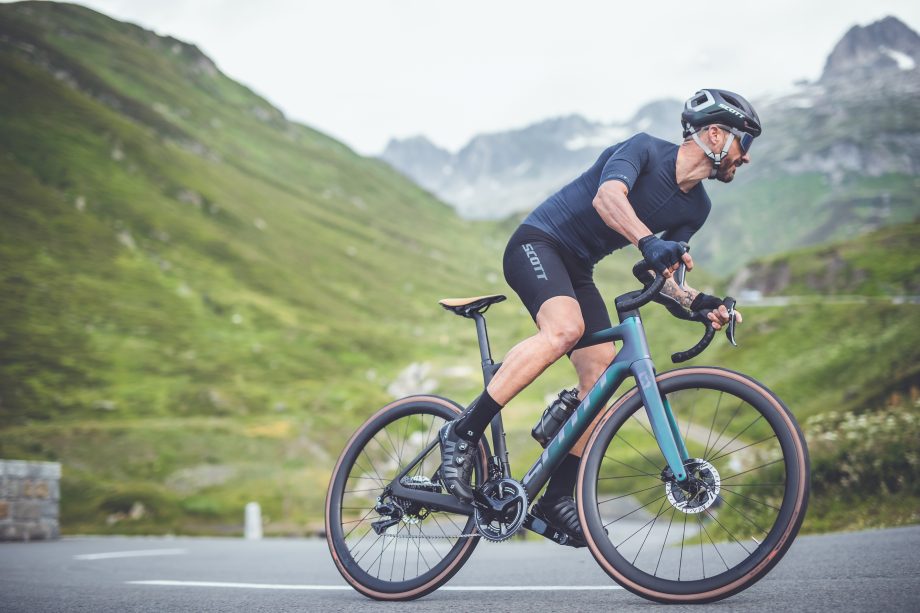

Promotional feature with Scott Sports
There’s a beauty to the clean lines of a top flight road bike. And few are as good-looking as the Scott Addict RC. It’s the bike raced by Team DSM in the WorldTour and mixes aero features with a light weight for great all-round performance.
Alongside the Addict RC, Scott also sells the Addict eRIDE. It’s an electric bike, with an in-built motor and battery, but at first glance you’d be hard-pressed to spot the difference from the pedal-powered Addict RC.
But does the motor mean that the Addict eRIDE is just for slackers? We’ve been out riding both bikes to see.
Like the Addict RC, the Addict eRIDE is light. In fact, in Premium spec it’s the lightest electric bike available, at around 10.7kg. That’s not a lot heavier than many non-assisted road bikes. But the Addict eRIDE packs a 250 watt rear hub motor and a 250 watt-hour battery hidden in its down tube.
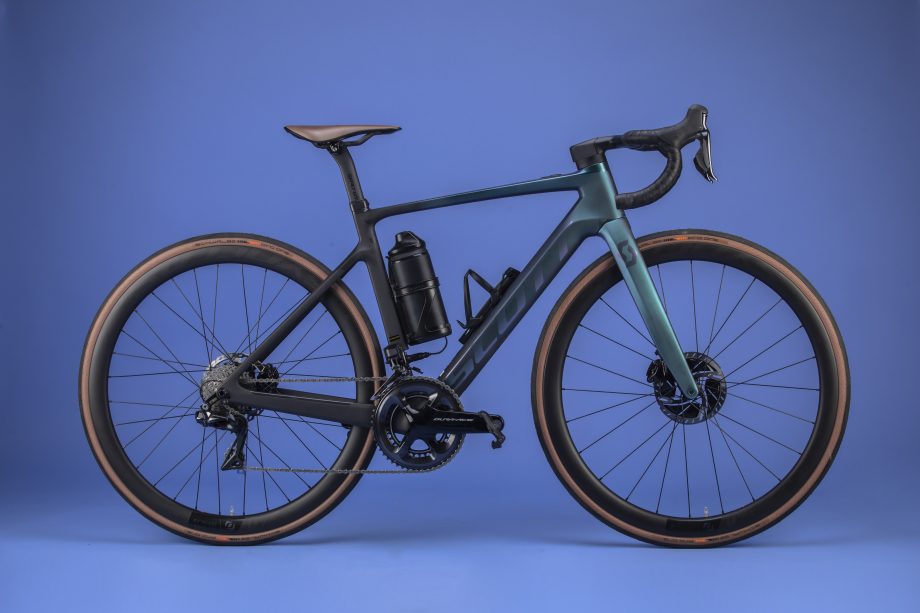
Made by German brand Mahle, the ebikemotion system includes software to measure out the power you’re putting in via the pedals and match the motor’s output to this, so that the system helps you along rather than taking over. You need to pedal for the motor to work and, like all e-bikes sold in Europe and Australia, the motor cuts out once you reach 25kph/15.5mph (in the USA the motor is allowed to keep working until you reach 20mph).
You can select from three levels of assistance via the stealth button on the eRIDE’s top tube, or switch the motor off completely and ride unassisted, when the motor adds almost no resistance. The colour of the ring of LEDs around the button tells you the assistance level you’ve selected. Once you’ve set that, as you ride the LED ring switches to showing you how much charge you have left in your battery.
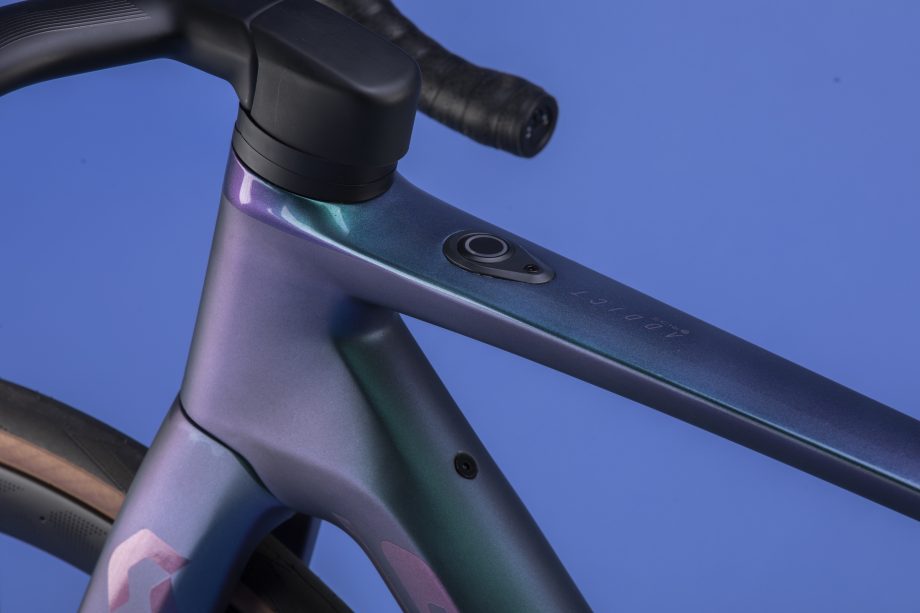
There are other clever features to the Mahle system, which you can access via its smartphone app. So you can pair it to a heart rate monitor and set it so that assistance only cuts in once your heart rate goes above a level you’ve set. The app will work as a bike computer, telling you how far and how fast you’ve ridden and giving you turn-by-turn navigation. It also gives you more info on range and system status and syncs your rides to Strava.
Despite its low weight and stealth design, the Mahle motor isn’t lacking in range or power. Its 40Nm of torque is a bit less than motor units used for mountain bikes, but it still gives you plenty of extra push when starting out or heading up hills, without making it too easy.
The battery capacity is enough for around 100km of riding - or plenty more if you’re reasonably fit and dial down the assistance level when you’re not climbing. If you do want more range, you can buy an external battery that fits in the down tube bottle cage and doubles the capacity.
The external battery plugs into a charge port hidden under a flap in the down tube, which is also used for recharging. It will take up to four hours to fully recharge the Addict eRIDE from flat from a mains socket.
It’s not just about the motor
We’ve said above how closely the Scott Addict eRIDE resembles the Addict RC and the two bikes share a lot of the same tech as well.
That includes the same aero profiles to many of the bikes’ tubes and both bikes’ forks. They also both have Scott’s integrated cockpit, with hidden cable runs through the handlebar, stem and head tube. This gives a very clean look - and further aero benefits.
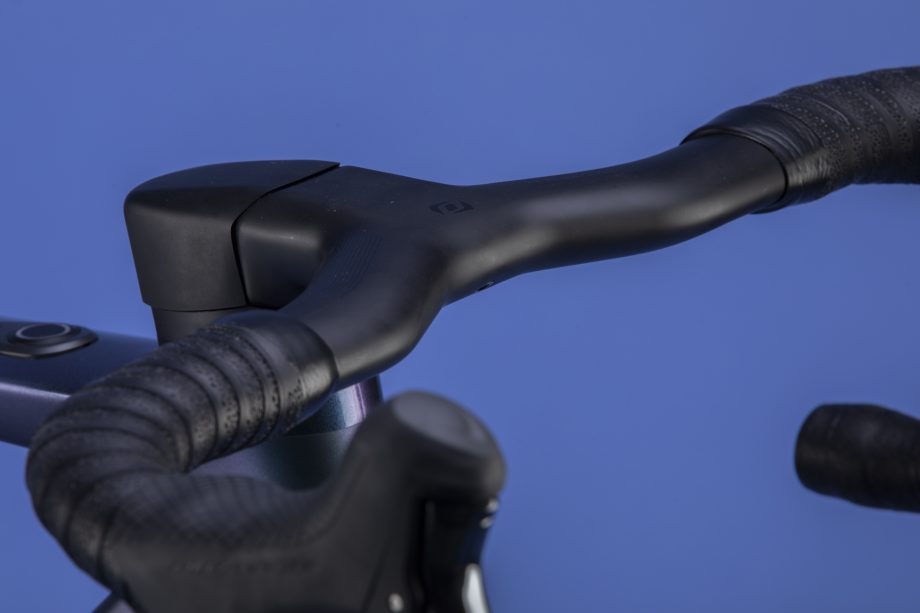
There’s a top drawer list of components on the eRIDE to match the Addict RC too. The eRIDE Premium comes with Shimano Dura-Ace Di2 electronic shifting, as used by the pros, along with Syncros Capital carbon wheels.
That bike costs £9199, but there are eRIDE specs starting at £4399 for the eRIDE 20 with a cable operated Shimano 105 groupset and Syncros alloy wheels. All specs have hidden cabling and like the Addict RC, all specs have disc brakes for assured stopping and precise modulation of braking regardless of the conditions.
But the Addict eRIDE isn’t just an Addict RC with a motor. Scott has tweaked the bike’s geometry with a higher stack and shorter reach, giving a more relaxed, upright riding position.
That should suit the bike’s likely audience, who are looking for a bike that’s every inch the race bike, but gives a bit more comfort and extra assistance when climbing, to make it a bit easier or maybe to keep up with fitter ride buddies. It’s also a machine that’s likely to appeal to riders who’ve been injured or been diagnosed with heart problems, but still want to keep active and maintain or improve their fitness.
See the eRIDE range at scott-sports.com.

Thank you for reading 20 articles this month* Join now for unlimited access
Enjoy your first month for just £1 / $1 / €1
*Read 5 free articles per month without a subscription

Join now for unlimited access
Try first month for just £1 / $1 / €1
Get The Leadout Newsletter
The latest race content, interviews, features, reviews and expert buying guides, direct to your inbox!
Paul started writing for Cycling Weekly in 2015, covering cycling tech, new bikes and product testing. Since then, he’s reviewed hundreds of bikes and thousands of other pieces of cycling equipment for the magazine and the Cycling Weekly website.
He’s been cycling for a lot longer than that though and his travels by bike have taken him all around Europe and to California. He’s been riding gravel since before gravel bikes existed too, riding a cyclocross bike through the Chilterns and along the South Downs.
-
 'The line was 5 metres too far' - Tadej Pogačar reacts to Amstel Gold Race second place
'The line was 5 metres too far' - Tadej Pogačar reacts to Amstel Gold Race second placeWorld champion reeled back and beaten in sprint by Lidl-Trek's Mattias Skjelmose
By Tom Davidson
-
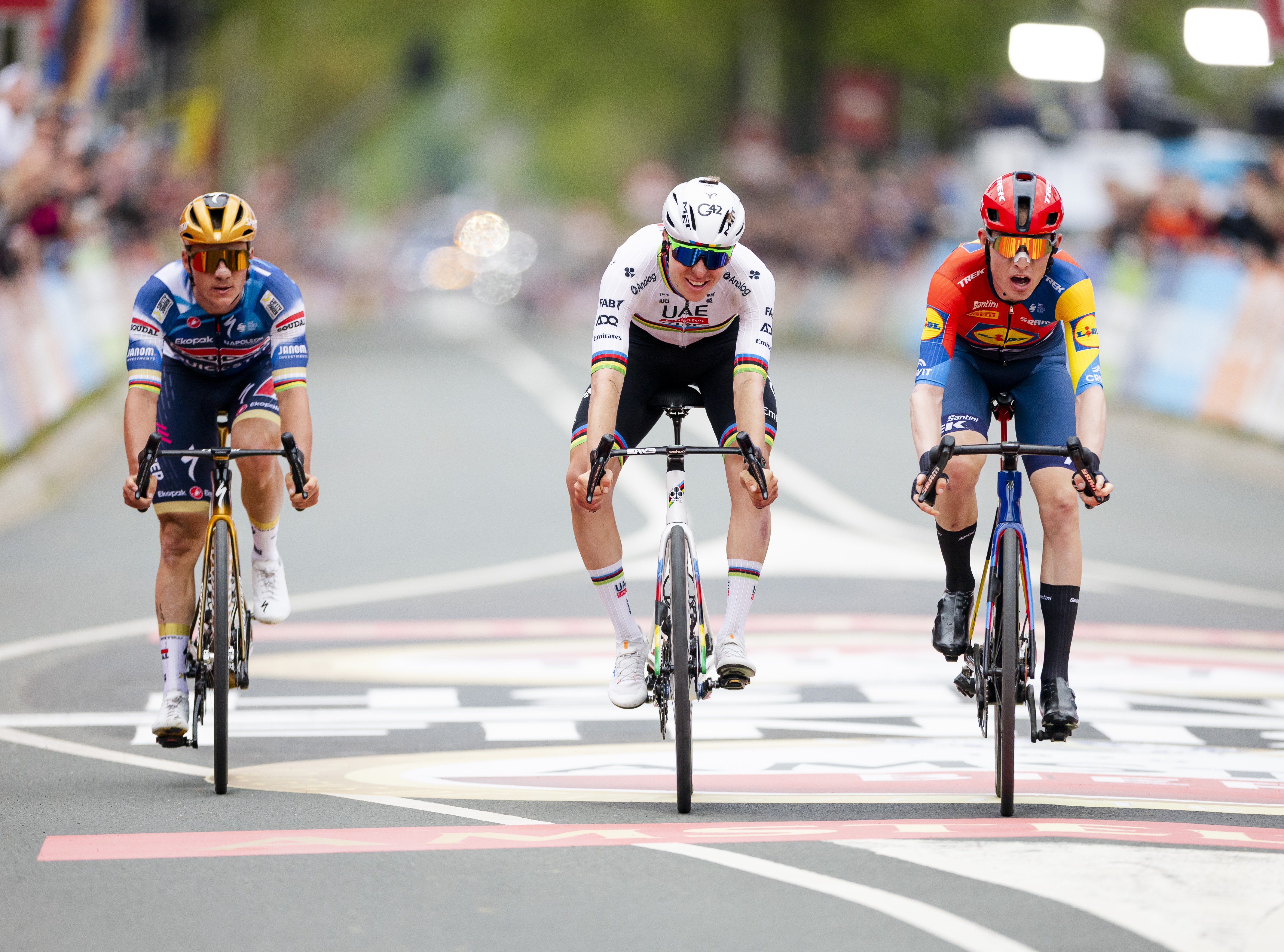 'I was riding for the podium' - Mattias Skjelmose pulls off shock Amstel Gold Race win after reeling back Tadej Pogačar attack
'I was riding for the podium' - Mattias Skjelmose pulls off shock Amstel Gold Race win after reeling back Tadej Pogačar attackDane worked with Remco Evenepoel to set up stunning three-way finale
By Tom Davidson
-
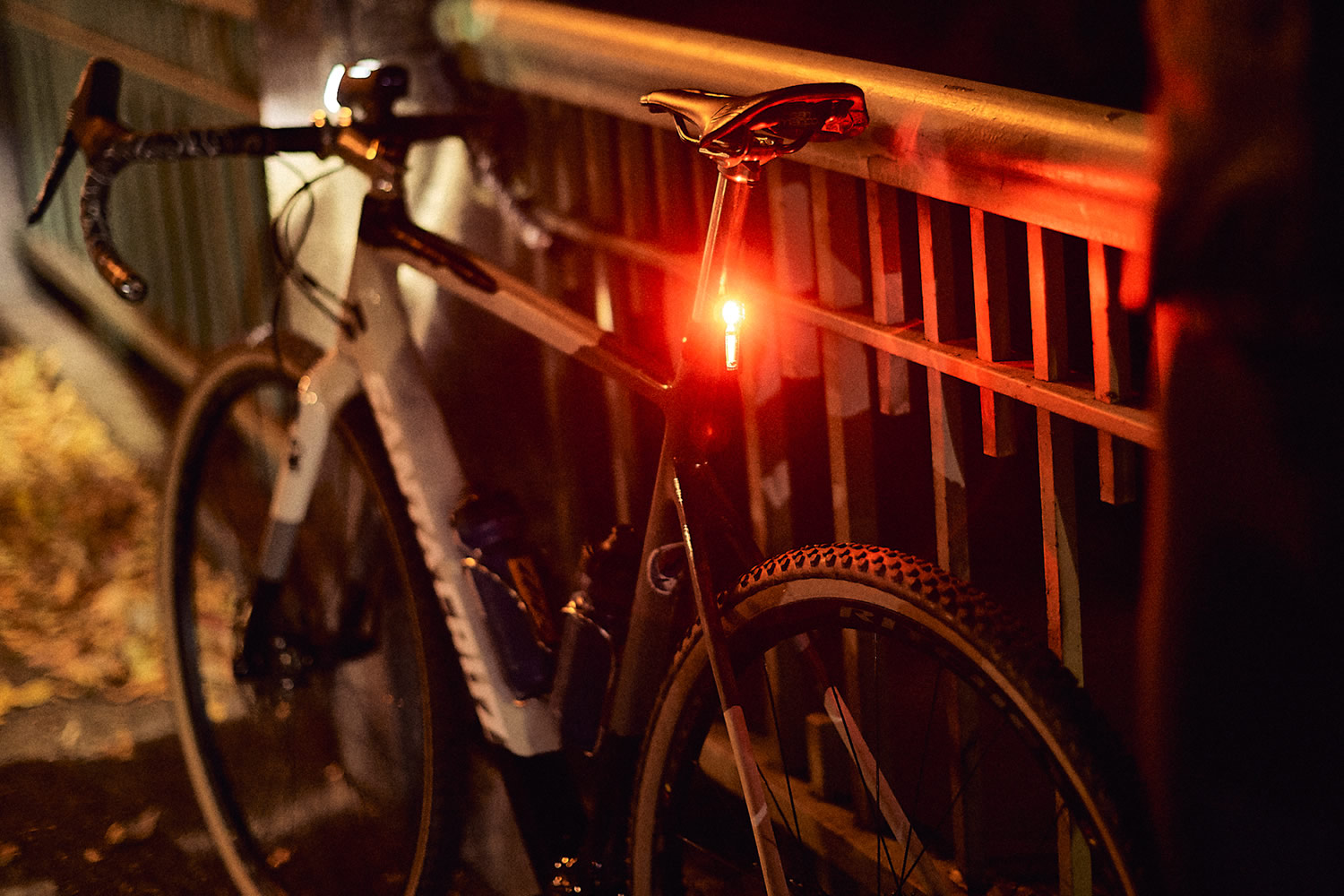 Why lux is a better way to rate bike lights than lumens
Why lux is a better way to rate bike lights than lumensKryptonite’s innovative new Incite series of lights is designed with a focus on the beam rather than the bulb
By Cycling Weekly
-
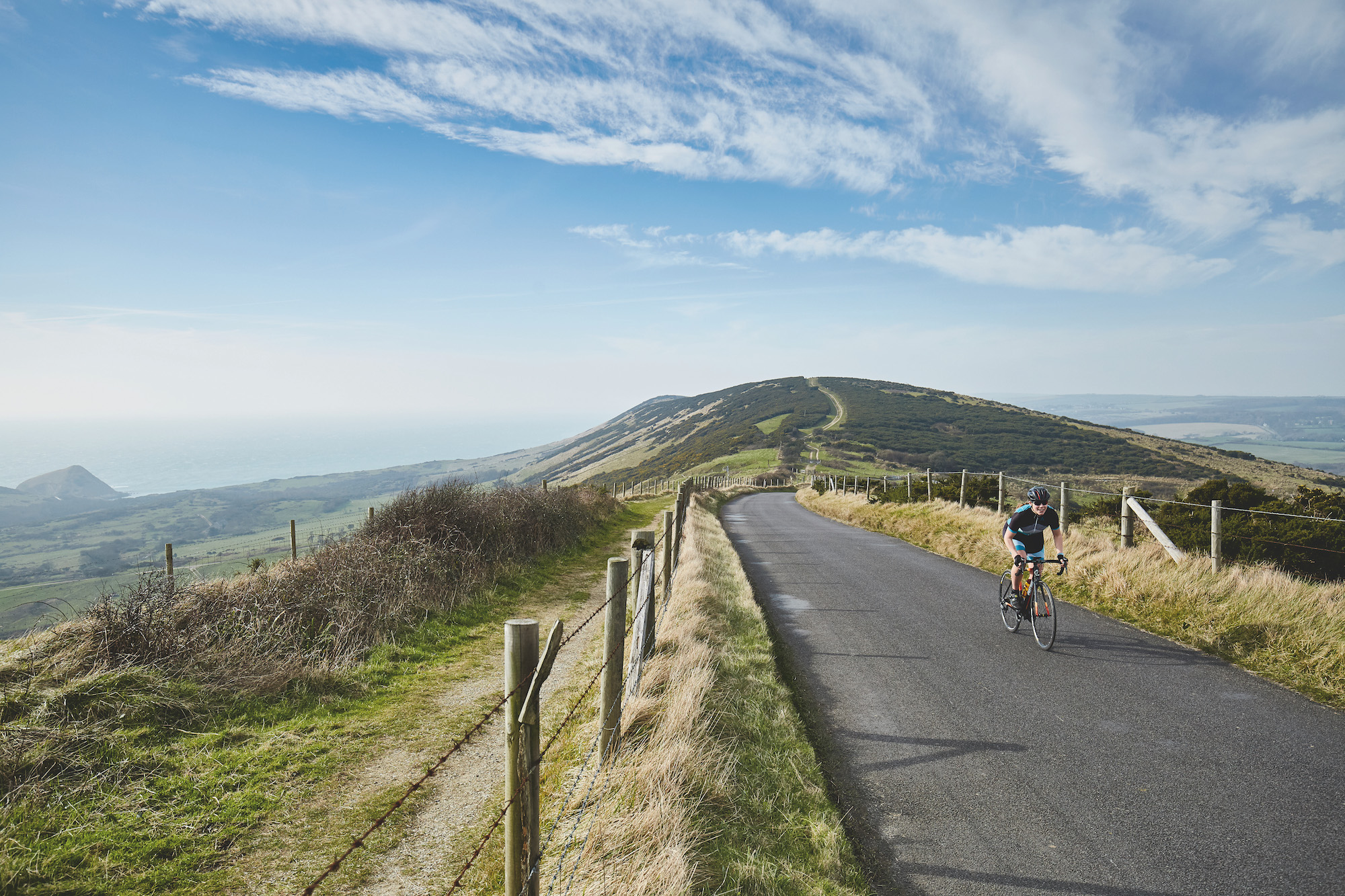 Five reasons to use dedicated cycling mapping
Five reasons to use dedicated cycling mappingWhy are dedicated tools for cyclists so handy?
By Richard Windsor
-
 Can tracking your metabolism help you lose weight?
Can tracking your metabolism help you lose weight?This device aims to help cyclists fuel their sessions optimally
By Cycling Weekly
-
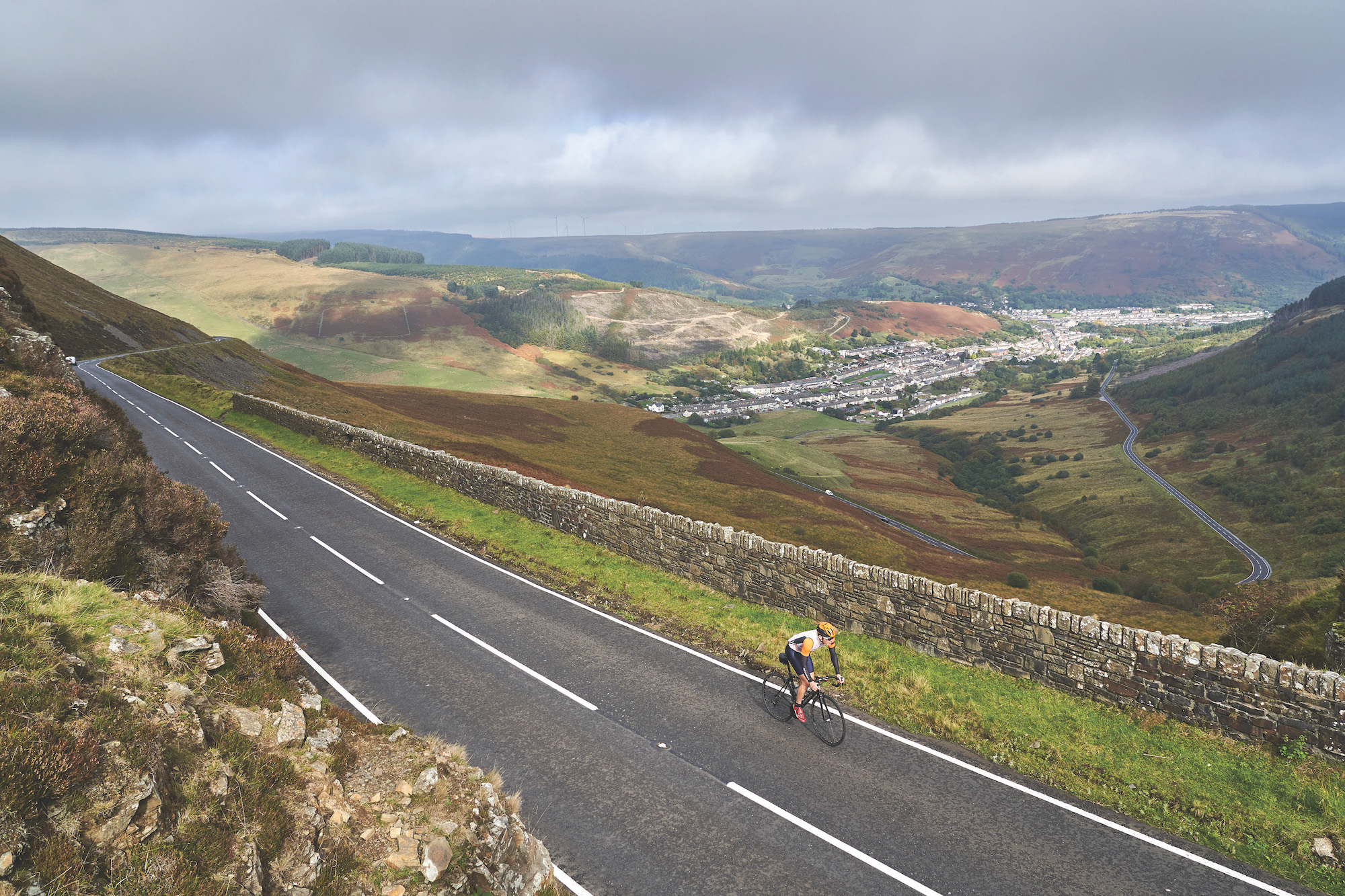 Rediscover your area with Komoot
Rediscover your area with KomootEven with the current restrictions on riding there are still ways to discover great new routes near you
By Richard Windsor
-
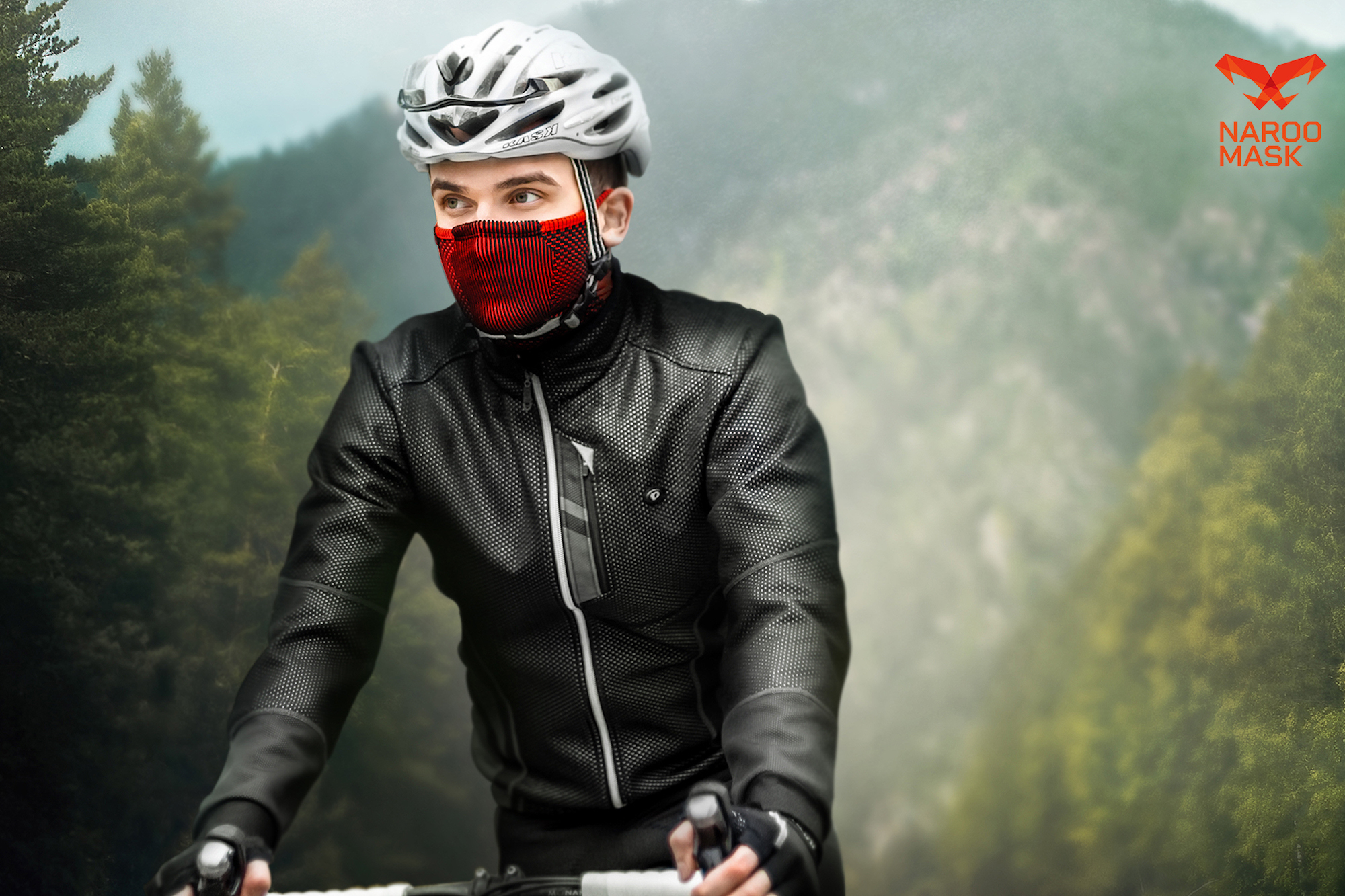 Breathe easy with NAROO
Breathe easy with NAROOAfter what months of riding in the cold and dark, the spring equinox is a welcome seasonal change for cyclists.
By Alex Ballinger
-
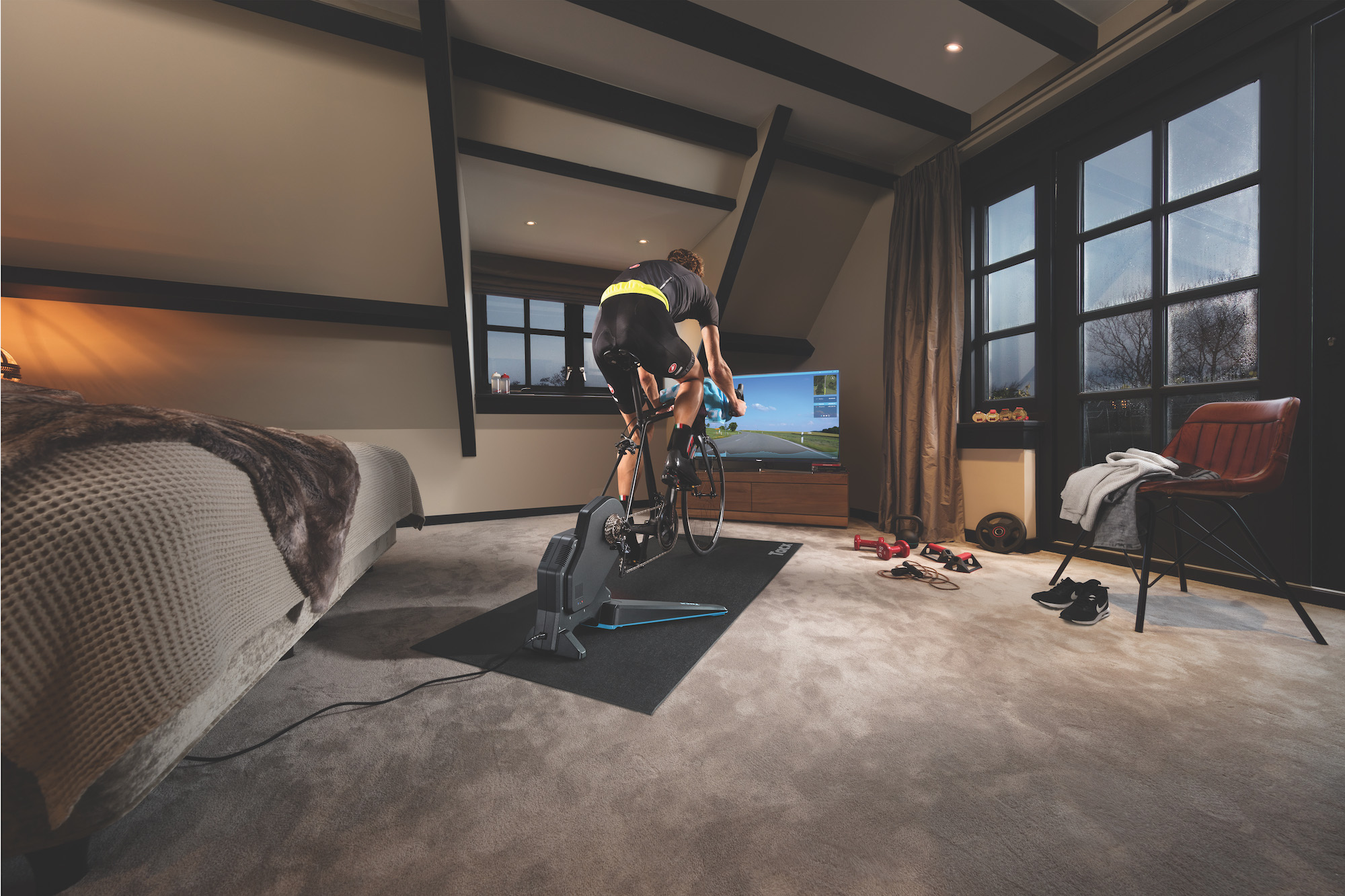 Tune up your training with the Tacx Flux 2
Tune up your training with the Tacx Flux 2The groundbreaking Tacx Flux 2 trainer remains ahead of the game and at a competitive price point
By Richard Windsor
-
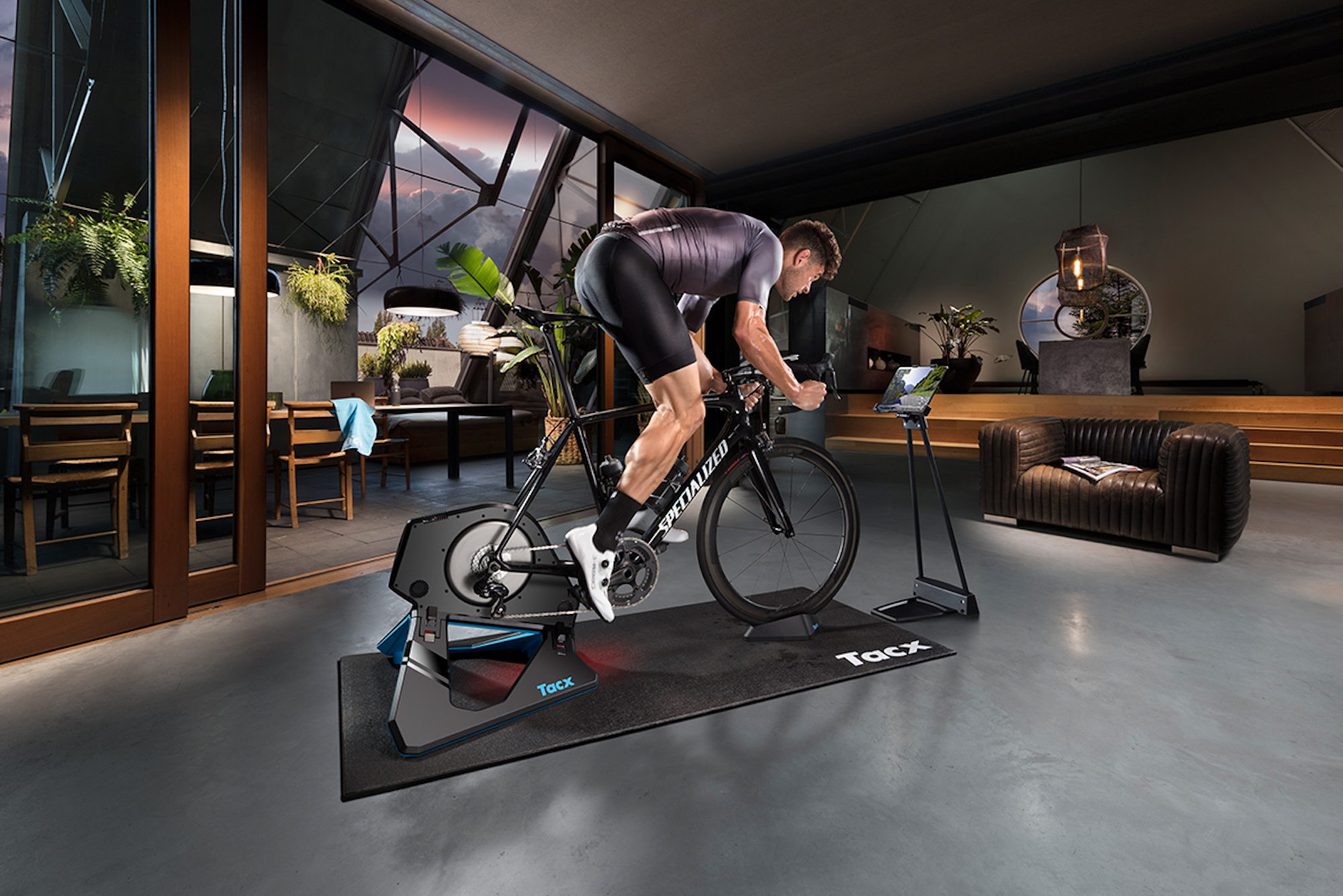 Train smarter with the Tacx Neo 2T
Train smarter with the Tacx Neo 2TTacx’s update to its leading smart trainer, the Neo 2T, brings yet more features to enhance your home training
By Cycling Weekly
-
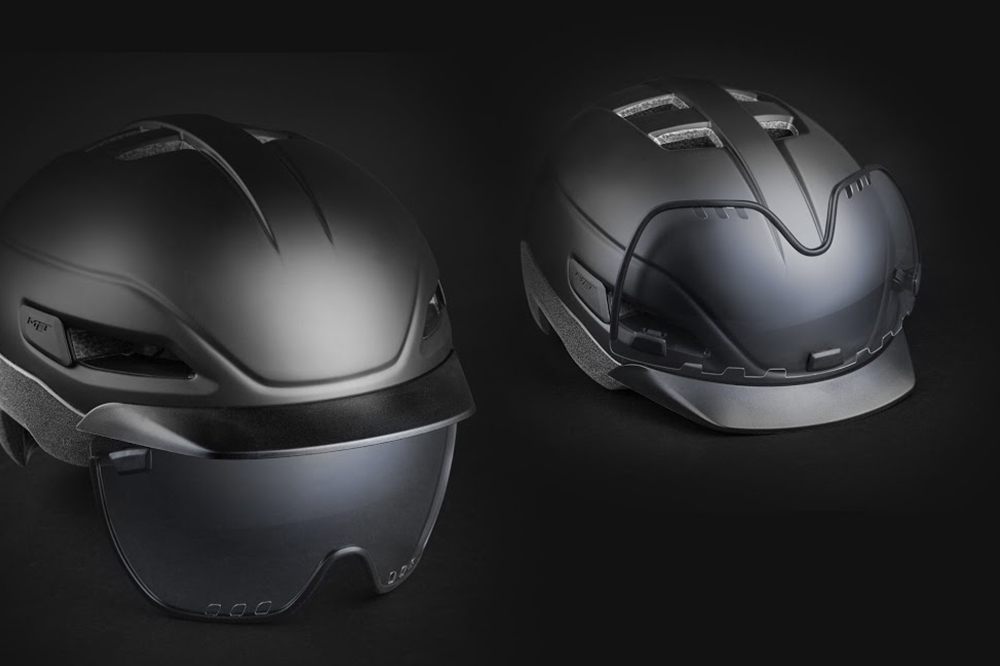 MET launches new Grancorso ebike helmet in line with new ebike safety standard
MET launches new Grancorso ebike helmet in line with new ebike safety standardLaunch of new NTA 8776 safety standard and the MET Grancorso ebike helmet
By Richard Windsor